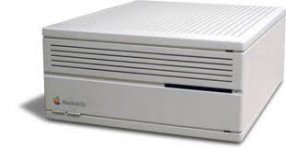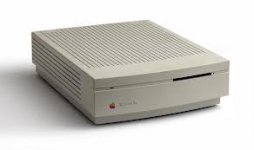uniserver
Well-known member

V.S.

from lem:
"Adding a video card was a popular way to increase performance and free precious RAM; another boost came from adding a level 2 (L2) cache. This proved so popular that Apple eventually made a 32 KB cache standard."
http://lowendmac.com/ii/macintosh-iici.html
So does this mean the IIsi has this Cache built in?
http://lowendmac.com/roadapples/iisi.shtml
"It's debatable whether this is really a Second Class Mac. The IIsi was a bit of an odd duck."
"If it had run at 25 MHz, that would have been nice. (BTW, the IIsi is frequently chipped to 25-28 MHz, which allows it to reach its full potential.)"
Anyways, after installing 64meg of ram in my IIsi, i started getting these Unexpected Errors type "1" show up , Applications closing on me at random times etc, Keep in mind this IIsi has Dougg3's 8mb ROM installed. and bbran's 7.0.1 Image on it, /w applications filling up the rest of the 8mb space.
So after I received this beat up IIci last week(free from captainbob), Re-caped er, washed and scrubbed, finally she is ready for a real use!
This bad boy also has its cache card installed.
Poped in the rom, set the jumper to disable the IIci's onboard rom, and hit the power button! First thing i noticed is the Ram Test was definitely disabled, with 64 megs of ram in this, right away grey screen appeared trying to boot something...
Anyways, Just after using Dougg3's ROM in the IIci, i'd just like to say the IIci seems like a real machine (in general use) Not sure if its just the extra 5mhz, or if its that Cache Card, or the one meg of onboard ram in the IIsi slowing everything down... The IIci is preforming quite well.
I didn't think there would be that much of a difference is all, that is why i posted this.
However i am still getting unexpected Error Type "1" (App/Game Crash) at random times using the Hacked ROM Simm
This is with the machine in 32 bit mode, Tried R and RA, I need to do some more testing in 24 bit mode...
Anyone else think the IIci is a powerhouse?
